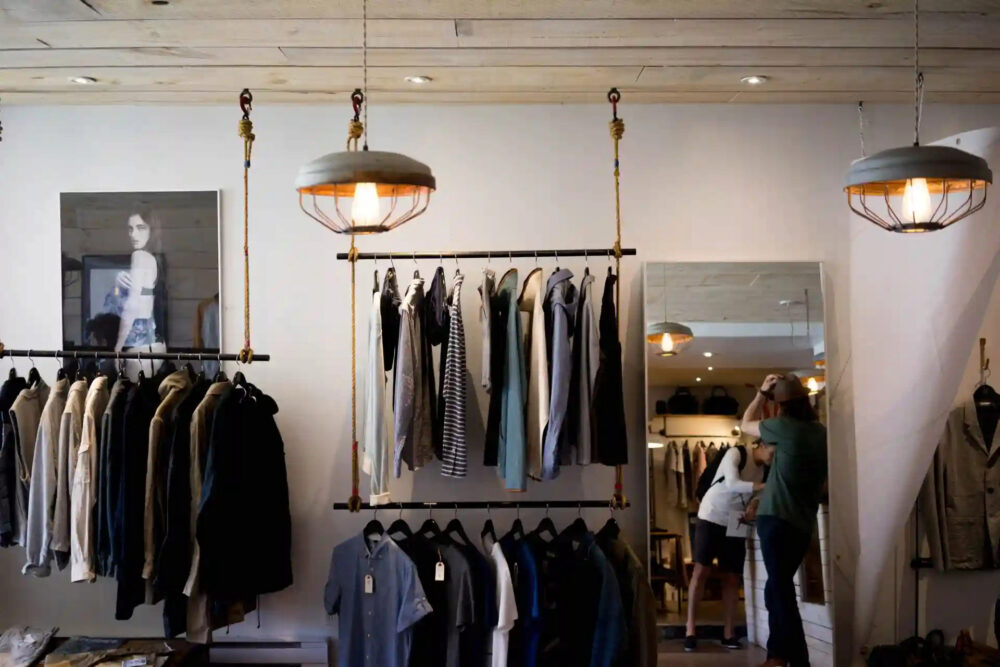Fashion is more than just a way to cover our bodies; it is a powerful tool for self-expression and communication. The clothes we choose to wear can have a profound impact on how others perceive us. From color choices to style preferences, every aspect of our clothing sends signals that influence judgments and shape interactions. In this blog post, we will delve into the psychology of fashion and explore how clothing choices can impact perception.
The Influence of Color
Color plays a significant role in shaping our perceptions and emotions. Different colors evoke different feelings and can convey specific messages. For example, wearing bold and vibrant colors like red or yellow can signal confidence and energy, while muted tones like gray or beige may project a sense of professionalism and sophistication. Understanding the psychology of color can help individuals strategically use clothing to create the desired impression in various situations.
- Red: Associated with power, passion, and strength, wearing red can make a bold statement and attract attention.
- Blue: Symbolizing trust, reliability, and calmness, blue is often perceived as a safe and approachable color.
- Yellow: Representing happiness and positivity, yellow can exude warmth and friendliness.
- Black: Often associated with elegance, authority, and mystery, black can convey sophistication and formality.
- White: Signifying purity, cleanliness, and innocence, white can create a fresh and youthful impression.
Clothing Styles and Perceptions
Beyond color, the style of clothing also influences how others perceive us. Different clothing styles are associated with various personality traits, social groups, and cultural cues. Here are a few examples:
- Formal Attire: Wearing formal clothing, such as a tailored suit or a professional dress, can project competence, authority, and seriousness. It is often associated with business settings or formal occasions.
- Casual Attire: Opting for casual clothing like jeans and a t-shirt suggests a relaxed and approachable demeanor. It is commonly seen in informal social gatherings and relaxed work environments.
- Bohemian Style: This style, characterized by flowing fabrics, earthy colors, and unconventional accessories, can convey a free-spirited, creative, and non-conformist personality.
- Minimalist Fashion: Minimalist clothing choices, with their clean lines and simplicity, often project a sense of refinement, modernity, and attention to detail.
The Halo Effect
The halo effect is a psychological phenomenon where one positive attribute of a person influences the perception of their other qualities. In the context of fashion, this means that dressing well or wearing stylish attire can lead others to make positive assumptions about an individual’s intelligence, competence, and social skills. It highlights the importance of making conscious clothing choices to create a favorable overall impression.
Context and Cultural Significance
Clothing choices are not only influenced by personal preferences but also by cultural norms and societal expectations. What is considered fashionable or appropriate can vary greatly across different cultures and contexts. It is essential to be mindful of these cultural nuances to avoid potential misunderstandings or unintended signaling. Adapting clothing choices to fit the context demonstrates respect and understanding of the cultural values at hand.
Embracing Authenticity
While understanding the psychology of fashion and its impact on perception is insightful, it is crucial to remember that true authenticity should always prevail. Clothing choices should align with personal style, values, and comfort levels. When we feel comfortable and genuine in what we wear, it positively affects our confidence and how we carry ourselves. Ultimately, embracing our unique identity through fashion choices can leave a lasting impression on others.
Conclusion
Fashion is a powerful language that allows us to express ourselves and influence how others perceive us. From the colors we choose to the styles we embrace, clothing plays a significant role in shaping first impressions and social interactions. By understanding the psychology of fashion and making intentional clothing choices, we can harness this influence to our advantage. So, whether you prefer bold and vibrant colors or understated elegance, let your clothing reflect your authentic self and make a statement without saying a word.
